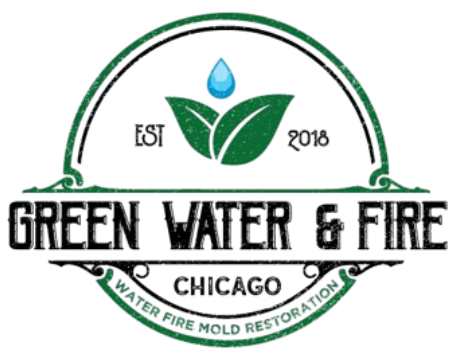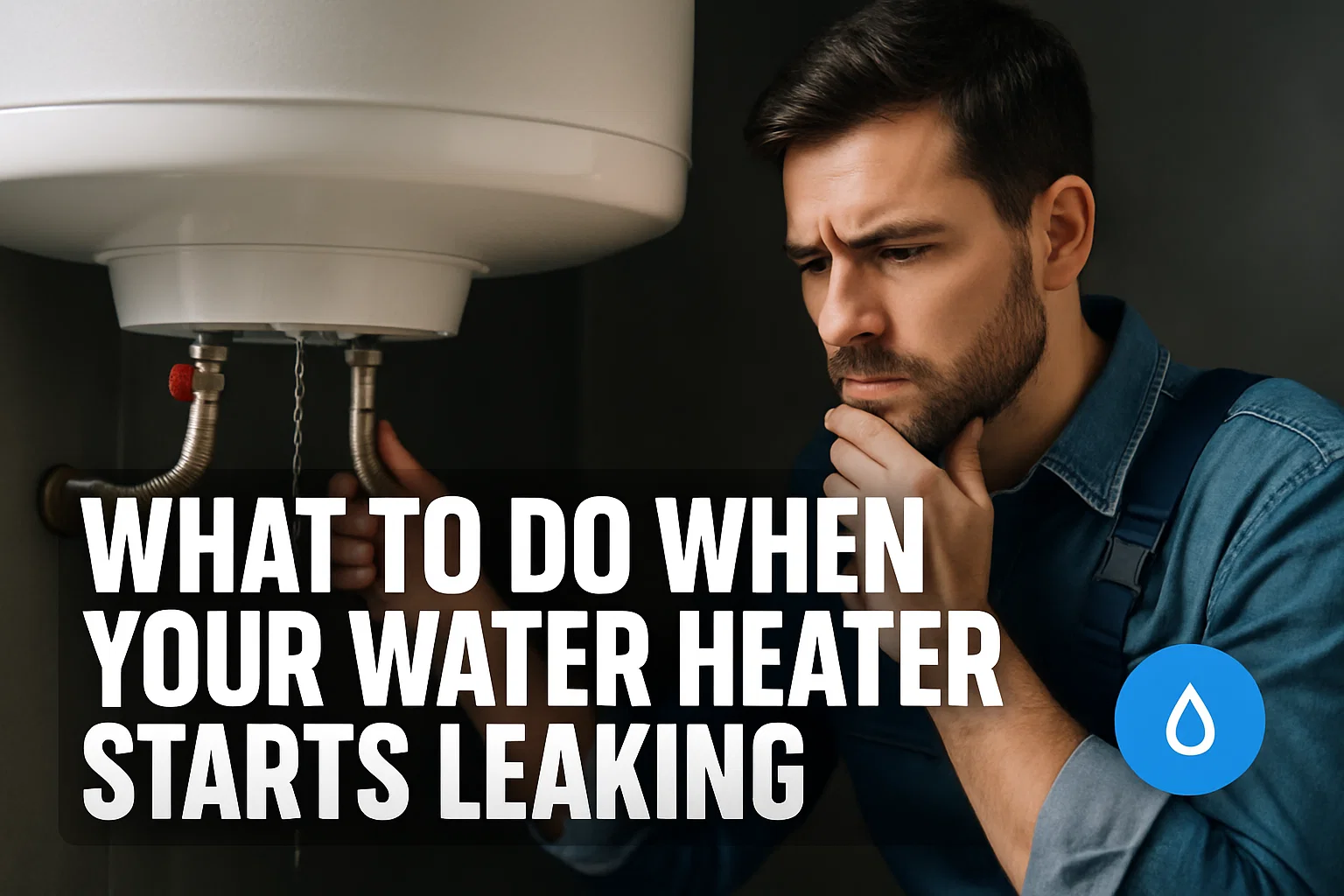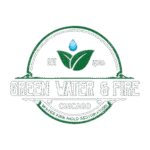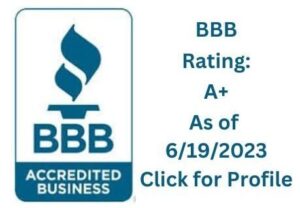One of the most forgotten and expensive problems when it comes to both residential and commercial properties is water intrusion. It is often mistaken for general leaks or floods. Water intrusion is when water enters a building through many sources, walls, ceilings, windows, floors, and foundation leaks. However, neglecting to control it leads to mold growth and poor indoor air quality. This guide covers what water intrusion is, what causes water to get inside, how you can repair water damage, and how to prevent it.
Understanding Water Intrusion
Water damage is a problem for residential or commercial buildings. Yet, many people are unaware of what it is. This is why, if you know what water intrusion means, sources are very important for your property.
Water Intrusion Meaning and Definition
Water infiltration, water incursion, or moisture intrusion is the movement of water through the walls and entering the building from the outside. Moisture infiltration isn’t always dramatic flooding: it seeps slowly into the home, making it difficult for the untrained eye to detect until serious damage has taken place. There’s also internal water penetration; plumbing, while external sources can be rainwater or groundwater.
Water Intrusion vs Flood: Key Differences:
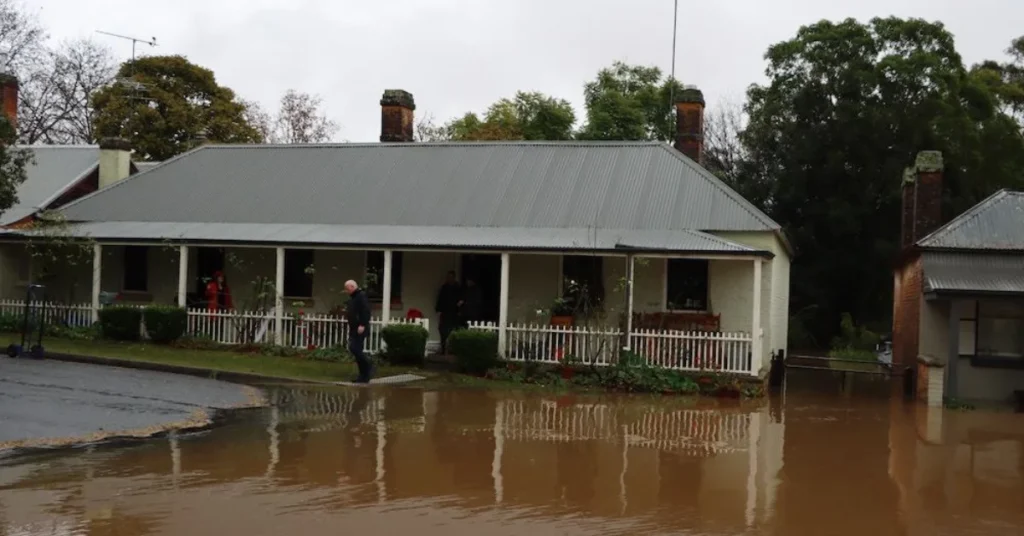
Water enters your house in both cases. Water intrusion occurs slowly and is the result of poor construction, maintenance, or minor cracks. At the same time, flooding may be sudden and is often caused by external factors such as heavy rain, storms, or burst pipes.
- Water Intrusion: gradual, hard to notice, a result of construction issues.
- Flooding: Sudden, clearly visible due to natural or plumbing-related issues.
Common Causes of Water Intrusion
- Missing or damaged roof shingles
- Cracked foundation walls or basement slabs
- Poorly sealed windows and doors
- Clogged or flooded gutters
- Leaks in plumbing passing through walls and ceilings
- High groundwater levels are not being drained away
Identifying the causes of moisture that have prompted intrusions is crucial for prevention.
Signs and Effects of Water Intrusion
Recognizing the warning signs of water intrusion is the most crucial step in minimizing long-term damage and costly repairs. However, the sooner moisture invasion is addressed and resolved, the more likely the damage can be minimized.
How to Detect Water Intrusion in Your Home
Identifying the early signs of water invasion can save thousands in future repairs. Signs include:
- Stained or discolored walls and ceilings
- Broken or bowed wood or boards
- Dampness or a smell of musty
- Paint separated or drywall bubbled
- Mold growth in damp areas or behind furniture.
Long-Term Damage Caused by Moisture Invasion
It can lead to:
- Structural decay in wood frames
- spread mold and mildew throughout the home
- Corrosion in metal parts
- Loss of utility through electromechanical systems
- Reduction of asset worth.
Building health risks
Mold in constantly moist buildings can cause respiratory discomfort and reactions, as well as extreme allergies and diseases in some cases. Over time, water exposure can weaken the structural integrity of a building, compromising its safety.
Water Intrusion Repair and Prevention
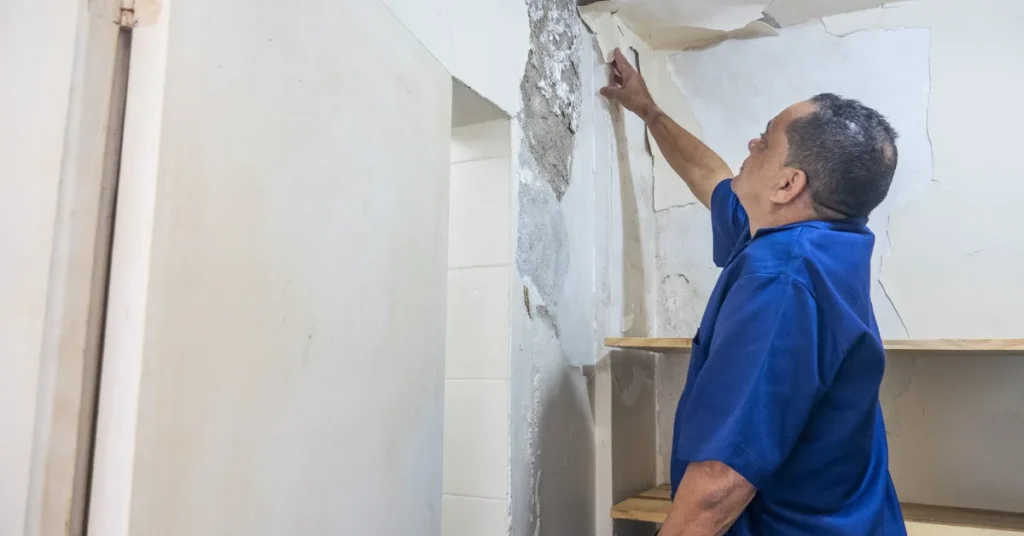
Relevant fixing and remedial actions must be done once water intrusion is recognized and detected. An individual must be prepared to prevent anything from a minor caulk rupture in the wall to a destroyed and wrinkled structural foundation. Although a few repairing actions can be accomplished using basic equipment or by a water intrusion specialist.
DIY Fixes for Minor Water Intrusion
Water intrusion remedial measures for minor issues of water intrusion, the following remedial actions may be possible:
- Washroom and door windows have to be resealed
- Install Downspout additions to direct water away
- Roofs and other areas of leaks must be sealed
- Use Dehumidifiers to restrict indoor humidity levels
Although these abrupt repairs may be beneficial, they should be followed up by a professional inspection.
When to Call a Water Intrusion Smpecialist
In the following case, you should call in a water intrusion expert:
- Recurring leaks in the same area
- Mold growth or musty smells
- Visible wall or ceiling damage
- Suspected structural decay
How Professionals Repair Water Intrusion
- Using heat imaging to inspect for humidity.
- Disposal of damaged substances
- Sealing of intrusion points
- Drying and dehumidification
- Mold remediation, if needed
- Restorative construction
Water Intrusion vs. Related Terms
The term water damage can be confusing for everyone. Moisture intrusion, water ingress, and land leaks are commonly used interchangeably, but each has a unique meaning.
Water Intrusion vs. Leaks: What’s the Difference?
Water intrusion is a broad term that includes how water enters the structure and impacts it. It also includes the route, accumulation, and damage repercussions.
Saltwater Intrusion: a specific case
Saltwater intrusion occurs when saline, alkalinized water moves into a freshwater aquifer due to overpumping. While it is an entirely different term from water intrusion in the building. Moreover, it is a similar term related to hydrology and water damage in coastal areas.
Moisture Intrusion vs. Water Ingression
- Moisture Intrusion: water vapor or high humidity
- Water Ingression: Refers to actual liquid water entering a structure
Both terms are used in building science, but moisture intrusion can occur without visible water, such as from condensation, which is related to moisture.
Hire a Water Intrusion Expert
Sometimes, solving water intrusion issues requires adhesive materials, special tools, and qualified experts. Many times, homeowners need the help of a water intrusion expert, and this section provides an overview of what they do and the information about how to hire such a specialist.
How to Find a Water Intrusion Expert
Look for a professional who offers:
- Infrared thermal imaging
- Detailed inspection reports
- Moisture mapping
- Licensed and insured technicians
- Transparent pricing and warranties
Questions to Ask a Water Damage Restoration Specialist
- Do you offer 24/7 emergency service?
- Are your technicians IICRC-certified?
- Will you provide a detailed moisture report?
- Do you work with insurance companies?
Conclusion:
Knowing what water intrusion is can preserve your property, finances, and health. If you are managing real estate or want to make your home safe, learning how to detect, diagnose, and prevent moisture intrusion is crucial. Do not wait for the water’s destruction to become visible – act as soon as you see an issue.
FAQs
A structure can be penetrated in various ways by water, through the roofs, walls, or foundation. After exposure, it can quickly form mold, rot a structure, and become hazardous to health.
Flooding is sudden and an outside irritant from a storm or burst pipe; water intrusion is a gradual and internal one, like a slow leaky space.
Mold, mildew, and warping on walls and ceilings are all visual evidence of damp regions. A professional can verify moisture in the walls with moisture meters or thermographic imaging.
The most frequent causes are leaky roofs, bad bulk drainage, leaky window seals, and plumbing failures.








